|
|
| |
|
|
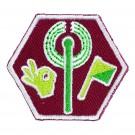 As already stated in the introduction is the most obvious form of communication is language.
Something we use every day to define what we want to happen.
If you have a message to a select group, a code should be added to your message. preferably one not everyone can decrypt.
Scouts practice this with route-techniques.
When you want to send a message over a larger distance, you will have to deal with the means of communication.
Sending a message over a larger distance will mean you need to amplify. Louder sounds can be made with a TamTam. Bigger visual signs can be made with
smoke signals (Indians). In Europe carrier pigeons were used to send messages, over vast distances, back to home.
Also a stagecoach and a courier on horseback, were means to send a message from A to B and back again.
Although smoke signals and TamTam can inspire for an activity, they are not significant means of communication. As so, these topics will not be treated
here.
As already stated in the introduction is the most obvious form of communication is language.
Something we use every day to define what we want to happen.
If you have a message to a select group, a code should be added to your message. preferably one not everyone can decrypt.
Scouts practice this with route-techniques.
When you want to send a message over a larger distance, you will have to deal with the means of communication.
Sending a message over a larger distance will mean you need to amplify. Louder sounds can be made with a TamTam. Bigger visual signs can be made with
smoke signals (Indians). In Europe carrier pigeons were used to send messages, over vast distances, back to home.
Also a stagecoach and a courier on horseback, were means to send a message from A to B and back again.
Although smoke signals and TamTam can inspire for an activity, they are not significant means of communication. As so, these topics will not be treated
here. |
| |
|
Bodylanguage
|
| When you use your body to communicate, we talk about non-verbal (no voice) communication.
You may think of the famous middle finger, but watching happy or angry are, like sign language, common forms.
In the army they use, field service marks, to communicate non-verbal. |
| Field Service Characters |
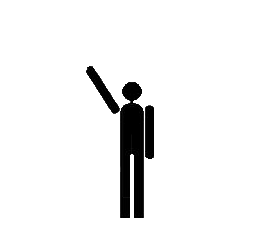 |
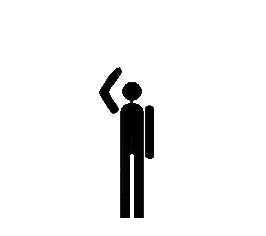 |
 |
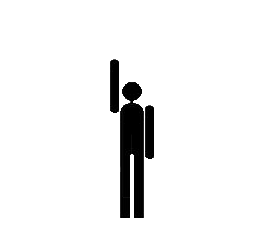 |
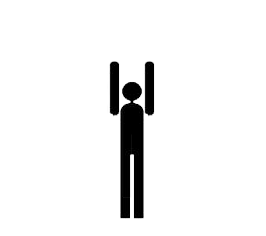 |
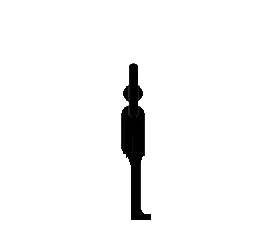 |
| Attention |
Gather |
Gather(PL/APL) |
Single line |
Double line |
Forward |
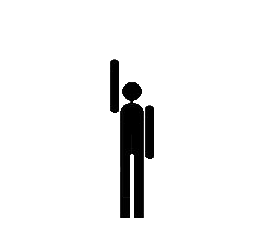 |
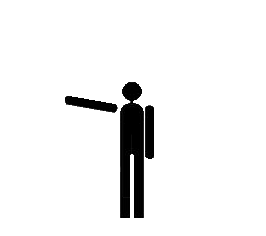 |
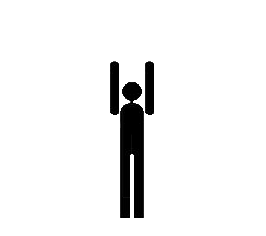 |
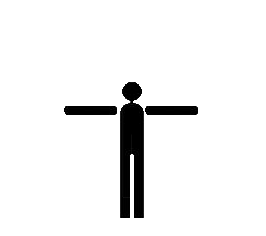 |
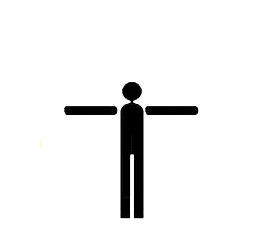 |
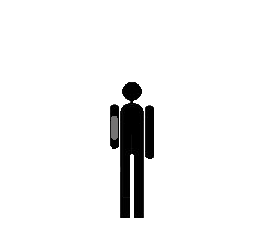 |
| Accelerate |
Slow down |
Enlarge Gap |
Reduce Gap |
Spread |
Take Cover |
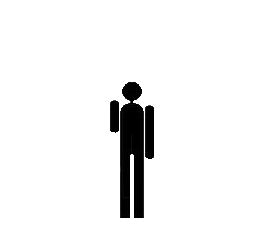 |
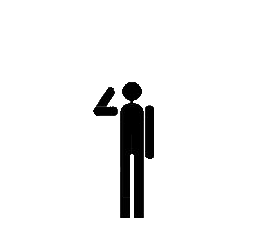 |
|
|
|
|
| Halt |
Confirmed |
|
|
|
|
|
| |
|
Semaphore
|
The semaphore is one of the first and still current means used to communicate.
In the year 1791 a Frenchman (Claude Chappe) devised a rotating structure, each state stood for a letter.
The first line connected Paris with Rijsel (192 km) where the signal was transmitted over 15 points before
it reached its endpoint. (13 minutes)
In our time not very special, but a courier on horseback would have taken 20 hours. Wich was the standard.
The semaphore system was too cumbersome to carry and was later converted into a method using flags.
Until the advent of radio transmitting equipment, the method was used in shipping.
In present times the semafoor alfabet only has military applications because it is not a listenable signal. |
| Semaphore alfabet |
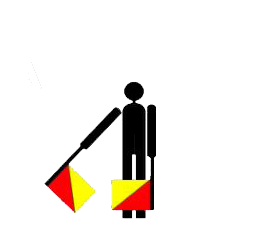 |
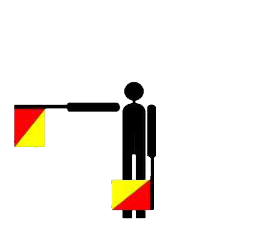 |
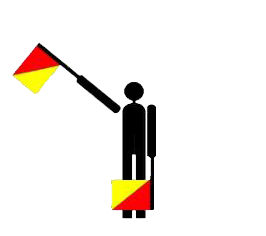 |
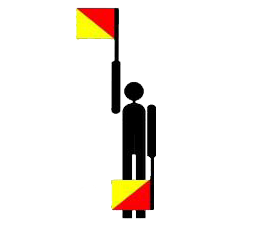 |
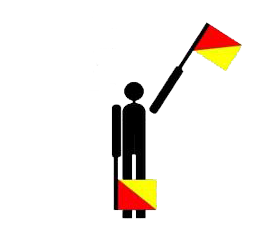 |
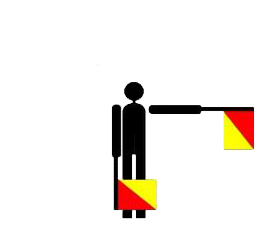 |
 |
| A, 1 |
B, 2 |
C, 3 |
D, 4 |
E, 5 |
F, 6 |
G, 7 |
| |
 |
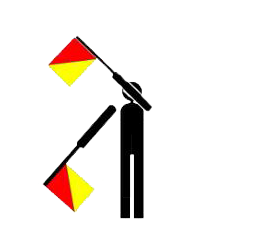 |
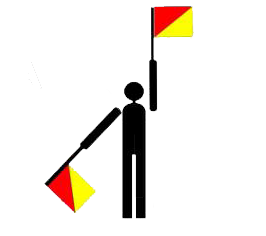 |
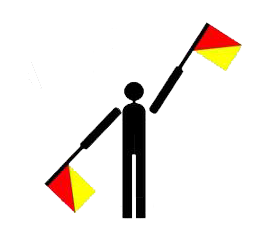 |
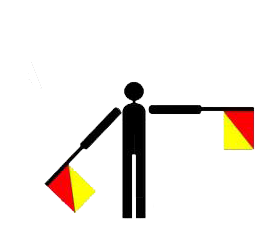 |
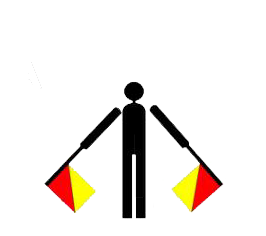 |
| |
H, 8 |
I, 9 |
K, 0, Space |
L |
M |
N |
| |
|
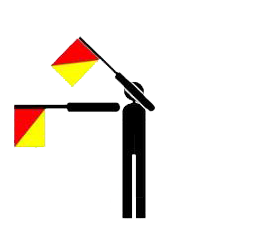 |
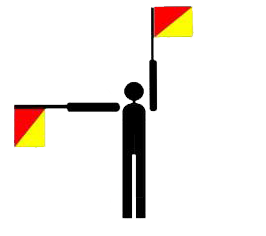 |
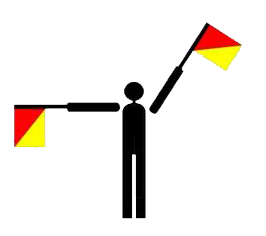 |
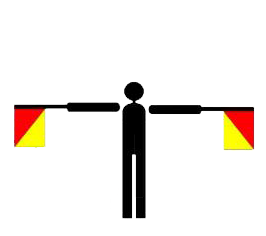 |
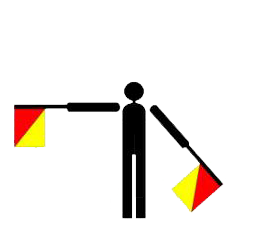 |
| |
|
O |
P |
Q |
R |
S |
| |
|
|
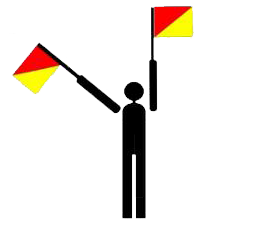 |
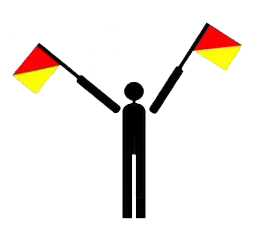 |
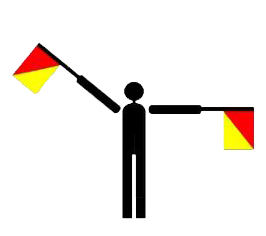 |
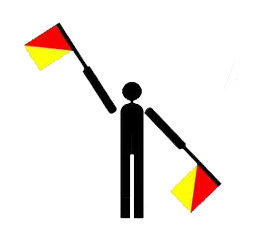 |
| |
|
|
T |
U |
Y |
Refit |
| |
|
|
|
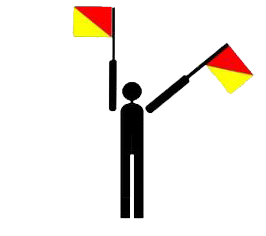 |
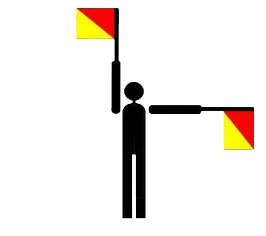 |
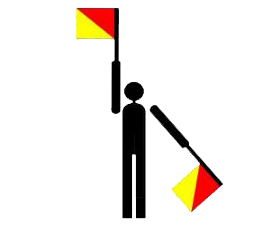 |
| |
|
|
|
Numbers |
J, Letters |
V |
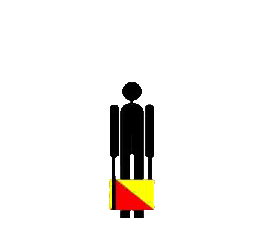 |
 |
|
|
|
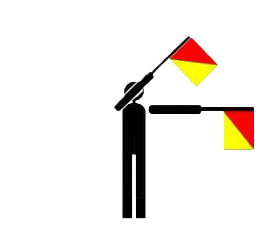 |
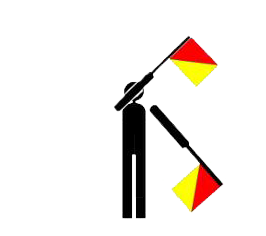 |
| Attention |
Ready |
|
|
|
W |
X |
|
| |
|
Telegraph
|
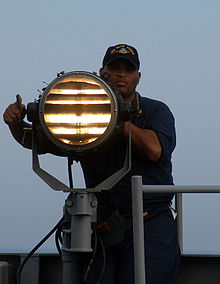 The principle of a telegraph is simple. An electric current is interrupted in a particular pattern.
On the receiving end, this was made audible by a beep.
A telegraph was therefore limited to a "yes" or "no" signal, where upon contact, the variation was in long or short interruptions.
The sender sends a message consisting of letters (converted to signals), with the help of a key signal and sends these signals through.
The receiver converts the signals back to letters and the message was sent.
The principle of a telegraph is simple. An electric current is interrupted in a particular pattern.
On the receiving end, this was made audible by a beep.
A telegraph was therefore limited to a "yes" or "no" signal, where upon contact, the variation was in long or short interruptions.
The sender sends a message consisting of letters (converted to signals), with the help of a key signal and sends these signals through.
The receiver converts the signals back to letters and the message was sent.
Encoding for signaling was done by different codes. The best known and most widely used was the Morse code.
The Morse code was invented in 1835 and developed by Samuel Morse. The code was used in radio communications for the Dutch navy up to 2000.
Morse is still used for light-Morse communications, for Naval purposes.
Light-Morse uses a Morse code flashlight and Morse code to sent a message.
|
| Morse Alphabet |
| A |
._ |
N |
_. |
0 |
_ _ _ _ _ |
point |
._._._ |
| B |
_... |
O |
_ _ _ |
1 |
._ _ _ _ |
comma |
_ _ .. _ _ |
| C |
_._. |
P |
._ _. |
2 |
.._ _ _ |
? |
.._ _ .. |
| D |
_.. |
Q |
_ _._ |
3 |
..._ _ |
- |
_...._ |
| E |
. |
R |
._. |
4 |
...._ |
/ |
_.._. |
| F |
.._. |
S |
... |
5 |
..... |
: |
_ _ _... |
| G |
_ _. |
T |
_ |
6 |
_.... |
' |
._ _ _ _. |
| H |
.... |
U |
.._ |
7 |
_ _... |
- |
_...._ |
| I |
.. |
V |
..._ |
8 |
_ _ _.. |
) |
_._ _._ |
| J |
._ _ _ |
W |
._ _ |
9 |
_ _ _ _. |
; |
_._._ |
| K |
_._ |
X |
_.._ |
|
|
( |
_._ _. |
| L |
._.. |
Y |
_._ _ |
|
|
= |
_..._ |
| M |
_ _ |
Z |
_ _.. |
|
|
@ |
._ _._ |
| Transmission Protocol |
| |
|
Invite |
_._ _. |
|
|
Start sending |
_._._ |
| |
|
End portion |
._._. |
|
|
End |
..._._ |
| |
|
Wait |
._... |
|
|
Roger |
..._. |
| |
|
Error |
........ |
SOS |
Save Our Souls |
Help |
..._ _ _... |
|
| Decoding table |
| E. |
T_ |
| I. |
A_ |
N. |
M_ |
| S. |
U_ |
R. |
W_ |
D. |
K_ |
G. |
O_ |
| H. |
V_ |
F. |
_ |
L. |
_ |
P. |
J_ |
B. |
X_ |
C. |
Y_ |
Z. |
Q_ |
. |
_ |
| 5. |
4_ |
. |
3_ |
|
2_ |
. |
. |
|
1_ |
6. |
_ |
. |
_ |
. |
7. |
|
8. |
9. |
0_ |
|
| |
|
Radio
|
In 1901, Based on the ideas of Nikola Tesla, Guglielmo Marconi was able to use radio waves to send and receive messages.
Although the station initially started as a cordless telegraph, in 1906 it was able to send vocal messages.
By, rapidly following developments:
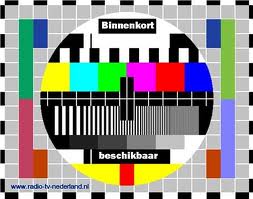 1919 / first radio broadcast
1933 / first car radio
1935 / first image transfers (TV)
1943 developments such as radar, radio navigation and beacon transmitters
Current devellopments are items such as a phone, pager (beeper), mobile phones, internet and GPS.
Een van de basisapparaten welke we nu nog kennen is de portofoon (Walky-Talky).
One of the basic devices that we still use is the Walky-Talky.
A group of users tuned to the same frequency can simultaneously receive the signal from one transmitter.
1919 / first radio broadcast
1933 / first car radio
1935 / first image transfers (TV)
1943 developments such as radar, radio navigation and beacon transmitters
Current devellopments are items such as a phone, pager (beeper), mobile phones, internet and GPS.
Een van de basisapparaten welke we nu nog kennen is de portofoon (Walky-Talky).
One of the basic devices that we still use is the Walky-Talky.
A group of users tuned to the same frequency can simultaneously receive the signal from one transmitter.
|
| Command |
Meaning |
| Attention |
Activation word, a message will follow. This can also be: Attention + "name", when the message is for a single user |
| Over |
Ask for confirmation and transfer of the ability to speak. |
| Over and out |
Ask for confirmation and indication that the channel is about to become available. |
| Close |
The confirmation and "close" indicating that the channel is available. |
| Break, -- |
Normally you will never break into a conversation, one begins and ends the call by protocol.
However, when an emergency arises, a word to silence all can be agreed upon.
Break gives the sender full attention of all receivers and any base station.
After break has been sent repeatedly, directly a message will follow, to which everyone must respond under any agreements. |
| Out |
When times are arranged for communication often the word "out" is used.
Out in stead of "close" indicates that both sender and receiver turn devices off after sending.
This is usually done when one wants to conserve the batteries. |
|
| |
|
NATO phonetic alphabet
|
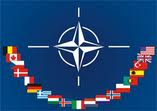 With the advent of radio communications people from different countries were able to communicate with each other.
With different countries (nationalities) also differences in languages were a problem.
In order to get a good communication between nationalities, English was pointed out as the laguage to speak.
This means that a Chinese pilot, above Schiphol airport, communicates with mission control in English.
However, due to poor connections and dialects were still many problems.
On behalf of NATO (North Atlantic Treaty Organisation) a phonetic alphabet was established.
This spelling alphabet includes a word for each letter in the alphabet.
In use, each letter will become a word: "HELP": "Hotel", "Echo", "Lima", "Papa".
With the advent of radio communications people from different countries were able to communicate with each other.
With different countries (nationalities) also differences in languages were a problem.
In order to get a good communication between nationalities, English was pointed out as the laguage to speak.
This means that a Chinese pilot, above Schiphol airport, communicates with mission control in English.
However, due to poor connections and dialects were still many problems.
On behalf of NATO (North Atlantic Treaty Organisation) a phonetic alphabet was established.
This spelling alphabet includes a word for each letter in the alphabet.
In use, each letter will become a word: "HELP": "Hotel", "Echo", "Lima", "Papa". |
| NATO phonetic alphabet |
| A |
Alpha |
H |
Hotel |
O |
Oscar |
V |
Victor |
| B |
Bravo |
I |
India |
P |
Papa |
W |
Whisky |
| C |
Charlie |
J |
Juliett |
Q |
Quebec |
X |
X-ray |
| D |
Delta |
K |
Kilo |
R |
Romeo |
Y |
Yankee |
| E |
Echo |
L |
Lima |
S |
Sierra |
Z |
Zulu |
| F |
Foxtrot |
M |
Mike |
T |
Tango |
|
|
| G |
Golf |
N |
November |
U |
Uniform |
|
|
|
|
|
|
|
| |